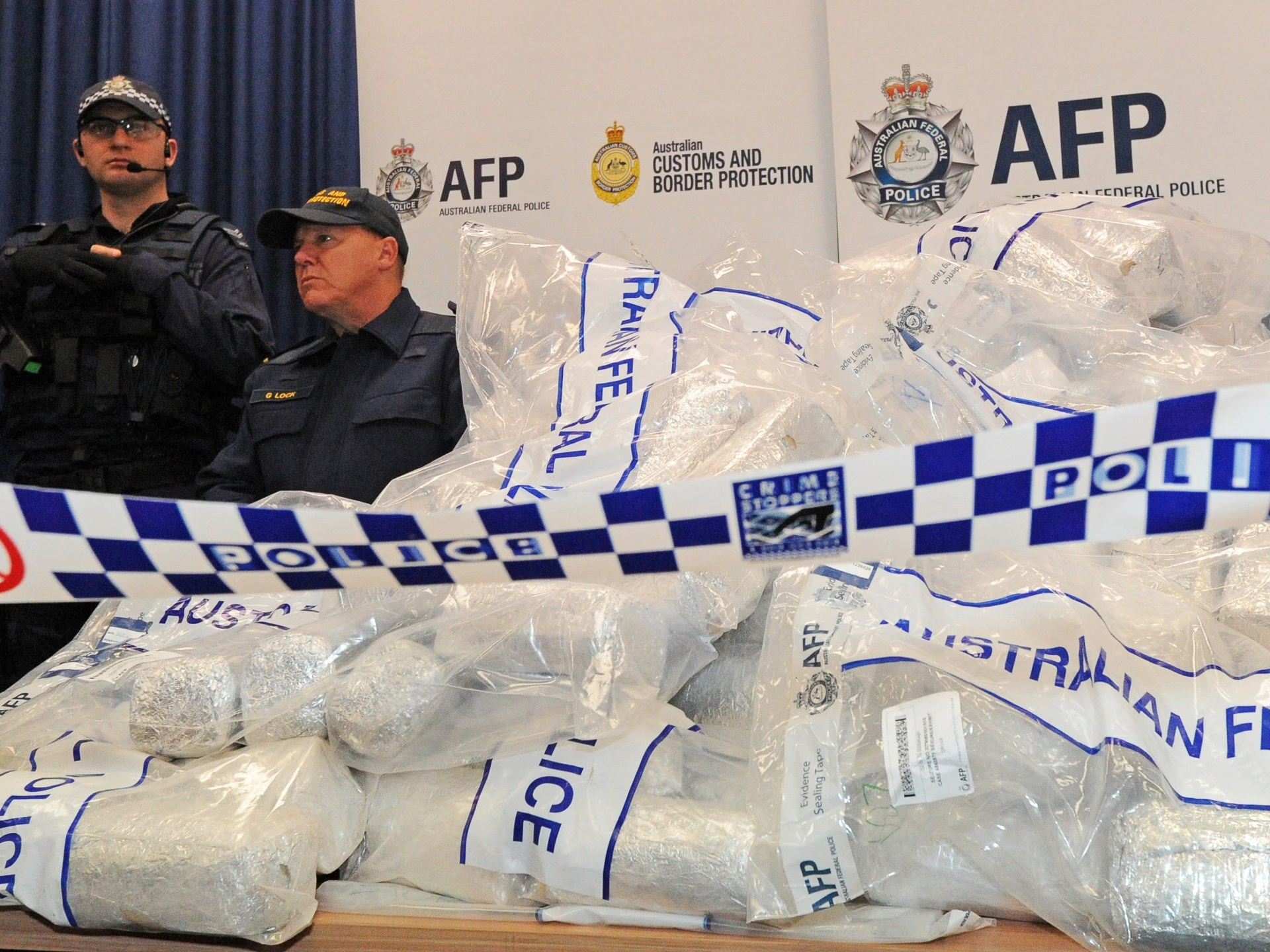Drug consumption in Australia has surged, with a street value reaching approximately $7.5 billion, marking a 34% increase in annual usage.
The ACIC’s annual report, unveiled on Friday, demonstrated that Australians are estimated to have used about 22.2 tonnes of methamphetamine, cocaine, heroin, and MDMA (also known as “ecstasy”) between August 2023 and August 2024.
This figure is 34% higher than the previous year’s data, showing significant increases in the use of cocaine (up by 69%), MDMA (49%), methamphetamine (21%), and heroin (14%).
These substances combined had an estimated street value of 11.5 billion Australian dollars (roughly $7.5 billion), with methamphetamine accounting for 8.9 billion Australian dollars (around $5.8 billion) — about 78% of this total, according to the ACIC.
Wastewater analysis, which involves checking sewage for traces of drugs, is a common method for determining drug usage patterns in populations. The data for this analysis was gathered from capital cities and regional areas across Australia, covering about 57% of the nation.
The surge in drug consumption mirrors the “rebound of these illicit drug markets following the effect of COVID-19 restrictions,” as noted in the ACIC report.
The report further highlighted that “transnational and domestic serious and organised crime groups have swiftly rebuilt and expanded their networks” post-pandemic.
ACIC Chief Heather Cook stated that criminal groups are capitalizing on the high demand for illicit drugs in Australia, “prioritizing profits over the safety and well-being of the community.”
“The 2.2 tonne rise in national meth use is particularly concerning as 12.8 tonnes is the highest annual figure recorded by our program, and meth causes considerable harm to communities,” Cook remarked.
“There has also been a significant hike in national cocaine usage, reaching the highest level our wastewater program has tracked,” Cook added.
Alcohol and nicotine, while still the most consumed legal substances, were also monitored through wastewater testing, along with cannabis and ketamine.
Despite being the most used illicit substance, cannabis consumption was higher in regional areas than in capitals, whereas capital cities saw higher use of cocaine, MDMA, heroin, and ketamine.
The Northern Territory experienced the largest uptick in meth, cocaine, and MDMA consumption, with Tasmania showing the biggest increase in heroin use.
ACIC anticipates that the trends of increasing meth, cocaine, and MDMA use are set to continue until at least 2027, based on data modeling.









